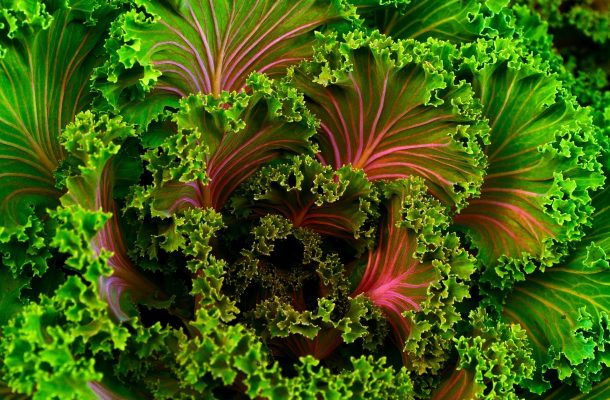Taking a leaf from nature’s book on how to save the planet

Professor Jun Huang from the University of Sydney’s School of Chemical and Biomolecular Engineering is developing a carbon capture method that aims to go one step beyond storage, instead converting and recycling carbon dioxide (CO2) into raw materials that can be used to create fuels and chemicals.
“Drawing inspiration from leaves and plants, we have developed an artificial photosynthesis method,” said Professor Huang.
“To simulate photosynthesis, we have built microplates of carbon layered with carbon quantum dots with tiny pores that absorb CO2 and water.
“Once carbon dioxide and water are absorbed, a chemical process occurs that combines both compounds and turns them into hydrocarbon, an organic compound that can be used for fuels, pharmaceuticals, agrichemicals, clothing, and construction.
“Following our most recent findings, the next phase of our research will focus on large-scale catalyst synthesis and the design of a reactor for large scale conversion,” he said.
While the research has been conducted on a nanoscale, Professor Huang hopes the technology will be used by power stations to capture emissions from burning fossil fuels.
“Our CO2 absorbent plates may be small, but our goal is to now create large panels, similar to solar panels, that would be used by industry to absorb and convert large volumes of CO2 ,” said Professor Huang.
CO2 emissions from the burning of fossil fuels and transport are the main cause of global warming, contributing up to 65 percent of the total global greenhouse gas emissions.
While plants ‘breathe’ in CO2 , a process called photosynthesis, deforestation and development has decreased their overall capacity to restore oxygen levels.
As nations attempt to curb emissions and divest from fossil fuels, Dr Huang feels there should also be an increased focus on carbon capture and re-use to minimise the harmful impact of increased atmospheric CO2.
“The current global commitment to cut carbon emissions by 30 percent by 2030 is an enormous challenge, and one that will be difficult to achieve given that energy needs are accelerating,” said Professor Huang.
Carbon capture technologies have been around for over 10 years. However, they require carbon to being held in deep underground chambers.
“Carbon conversion could be a financially viable alternative as it would allow for the generation of industrial quantities of materials, such as methanol, which is a useful material for production of fuels and other chemicals,” he concluded.
Professor Jun Huang’s research is supported by the Australian Research Council, the Sydney Research Accelerator Prizes (SOAR) and the University of Sydney Nano Institute Grand Challenge program.
Open Forum is a policy discussion website produced by Global Access Partners – Australia’s Institute for Active Policy. We welcome contributions and invite you to submit a blog to the editor and follow us on Facebook, Linkedin and Mastadon.











